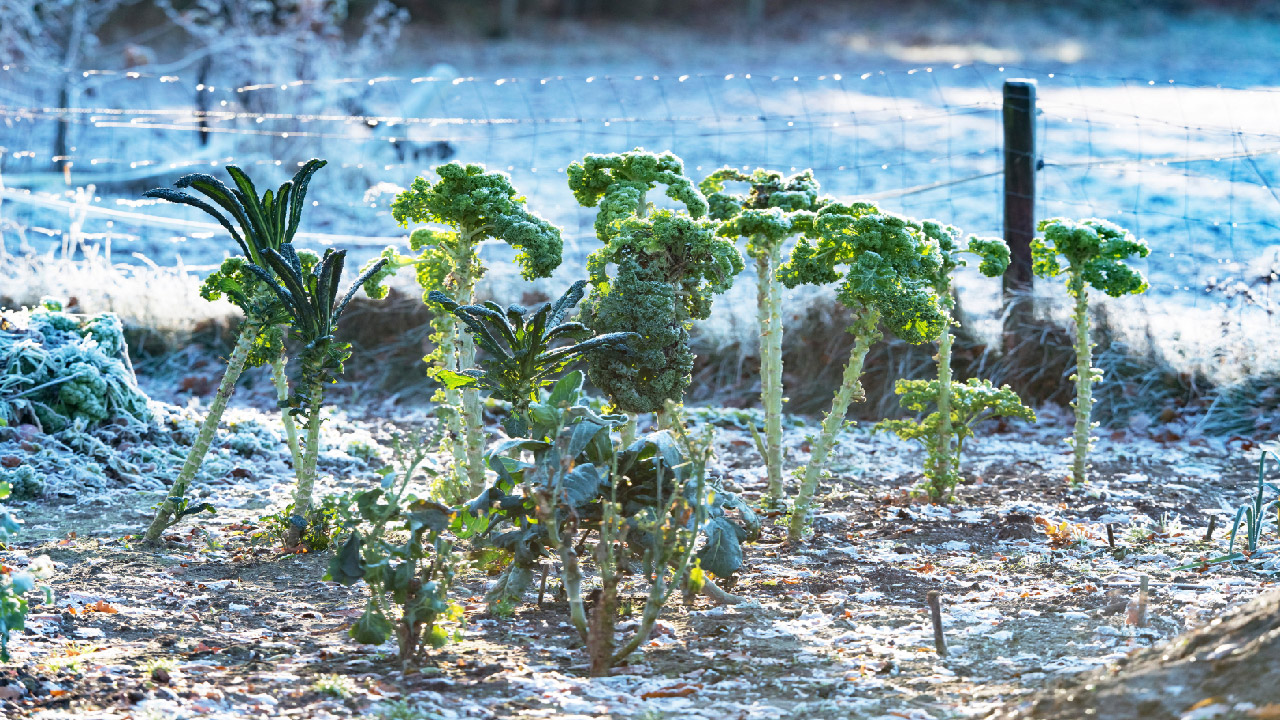How to Winterize your Irrigation System
Jul 20th 2023
Depending on where you live, winter can bring some extreme temperature fluctuations. While the ecosystems outside may be perfectly adapted to such low temperatures, your irrigation system certainly isn't, at least not without a few steps on your part. Winterizing your irrigation system is an important step to take at the end of each growing season to ensure that there isn't any damage to your system during freezing temperatures. Cold weather can cause your fittings and tubing to crack or burst, requiring replacement of these when the spring comes back around. To prevent such calamities, read on to learn more about how to successfully winterize your irrigation or sprinkler system.
Winterization Methods
There are a few different ways to get started winterizing your irrigation system. If your system comes with specific instructions, be sure to follow those first and foremost. The easiest place to begin is the automatic drain method. Turn off the water to your system and then open the end cap to flush your system. Ideally, your end cap will not be located at a higher elevation than the rest of your system because it will not work as intended. Installing a flush valve can be an easy way to ensure your system drains whenever the pressure is less than 2.5 PSI throughout the season, not just when the seasons change.
Some irrigation systems are set up to be manually drained. This usually entails systematically opening each valve and emptying the water there before continuing in the system. Once all of the water has been drained out, you can then close each valve again.
Finally, you can choose to use the blow-out method of clearing water out of your pipes. This method is especially helpful for underground irrigation systems because they could have more trouble draining than those aboveground. It's a bit more involved though, so extreme care and research is recommended beforehand. To start, ensure all water and power are turned off in the system. Open the end cap or furthest sprinkler head from the start of the system. Using an air compressor connected to your irrigation system with a coupler, slowly increase pressure. Do not exceed 50 PSI for polyethylene pipes and 80 PSI for PVC pipes. You should see water start to slowly come out of the end of your system.
Helpful Tips
To successfully winterize your system, it will also be helpful to cover your valves and any backflow preventers with a layer of insulation. Be sure all your automatic controls like timers are turned off and drained. If you are still using your irrigation system while there is a threat of frost, GCI frost protection fabric may be a useful way to protect both your crops and your pipes. If you have a greenhouse, be sure that all panels are fixed and in place to minimize heat loss. Plan on watering your plants by hand to avoid a burst pipe from using irrigation.

